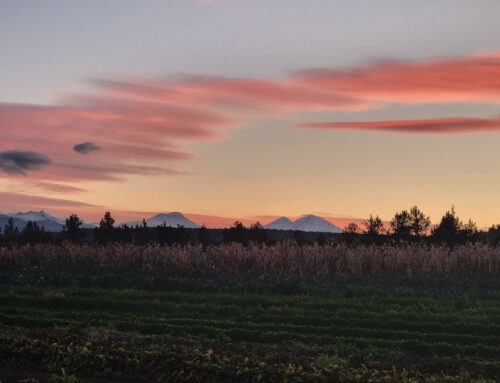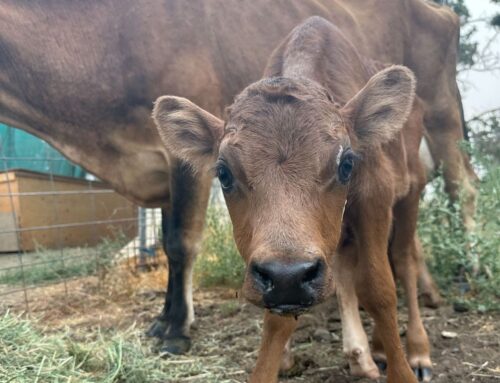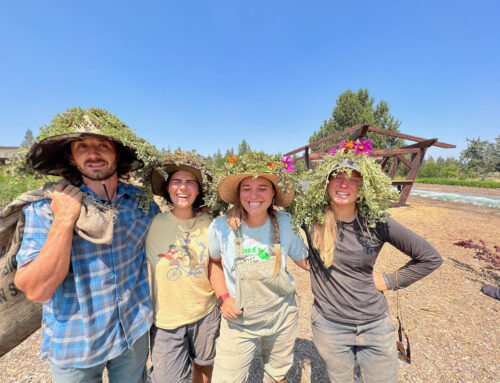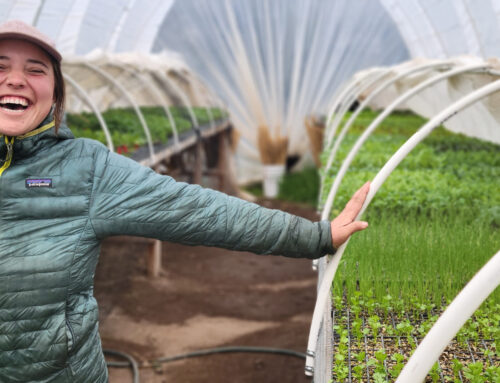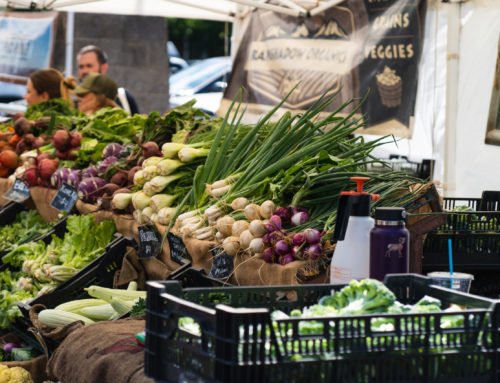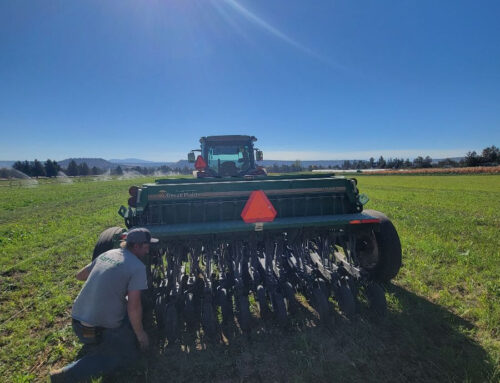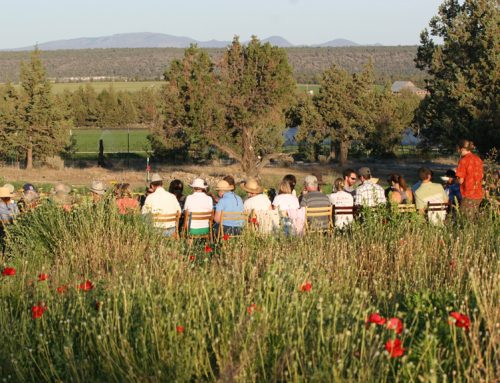Every other week or so the farmers will write the Sunday CSA letter. This will bring a different tone and story to your inbox and come even closer to telling the full story of the diversity that is Rainshadow Organics.
This week, our newsletter is written by Amanda
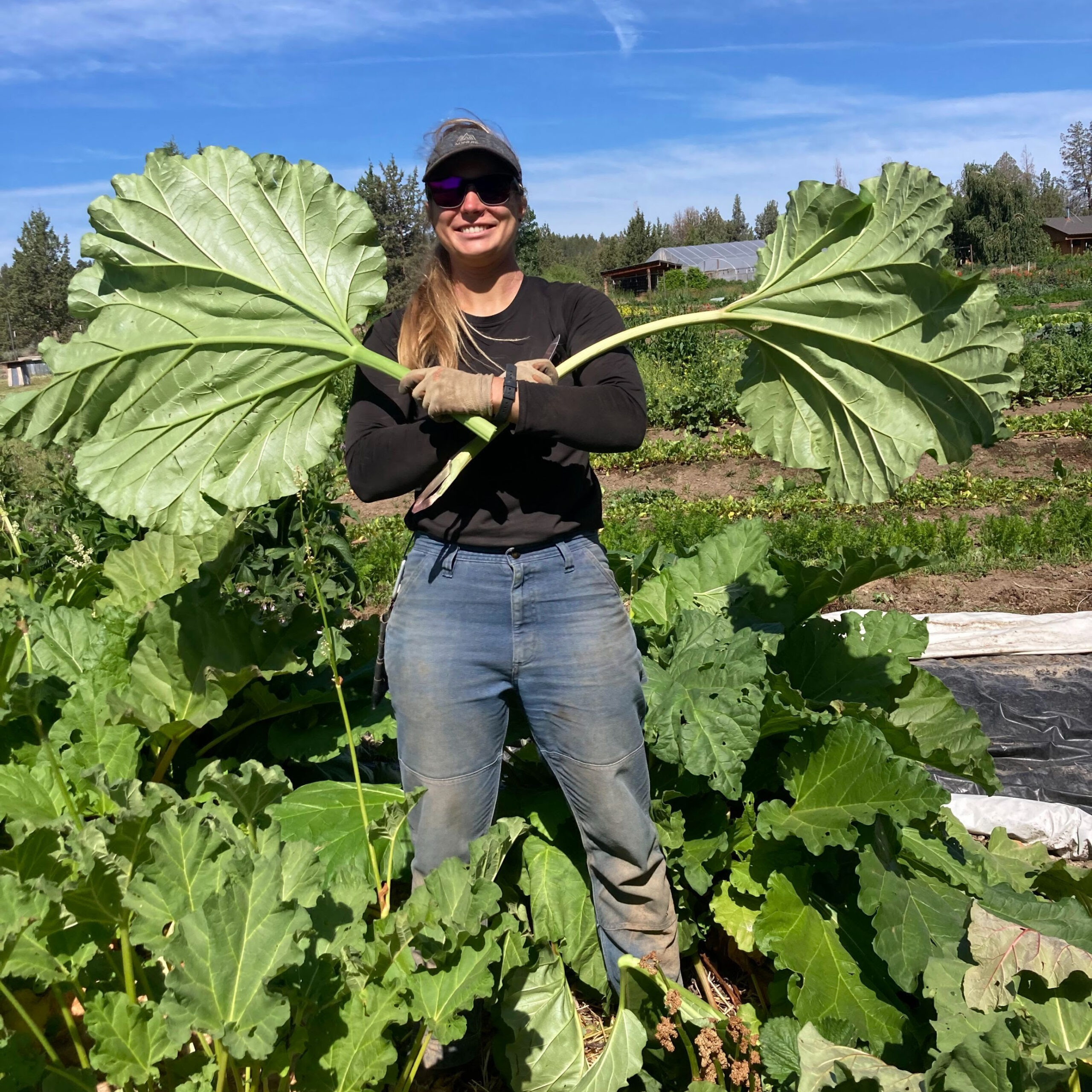
Where are you from? I’m originally from Seattle.
Why Rainshadow? Central OR is a fantastic place to live, though to farm successfully here year-round, you need to tune your techniques to the high desert climate. That’s why I chose to learn at Rainshadow.
What do you hope to learn at the farm this season? I want to learn from their experiences farming here, their successes as well as their failures. Rhetoric from farming books only gets you half-way. Knowing what works and what doesn’t in our unique climate is incredibly valuable.
Where do you find your inspiration? I am inspired by the meals we get to cook here and how much better the meat and veggies taste than their store-bought siblings. I am excited to see what flavors this season’s harvests will bring as the summer unfolds.
News from the Farm
Last week we seeded a cover crop. A popular practice among organic farmers, cover crops are plant species that enrich your soil with nutrients and foster a diverse and healthy soil microbiome.
Can I grow cover crops at home?
Yes! This spring I had this dusty strip of dirt in my front yard. Not even the weeds wanted to grow there. In under an hour, I sprinkled the ground with cover crop seeds, gently raked them in and covered the ground with a thin layer of straw to ensure that the seeds would stay damp and I watered often, especially at the beginning. Cover crops are a wonderfully passive way to enrich soil; all they need is water and maybe a little organic fertilizer to get them started if your soil really sucks like mine did. In a few weeks there was a mat of healthy, young plants.
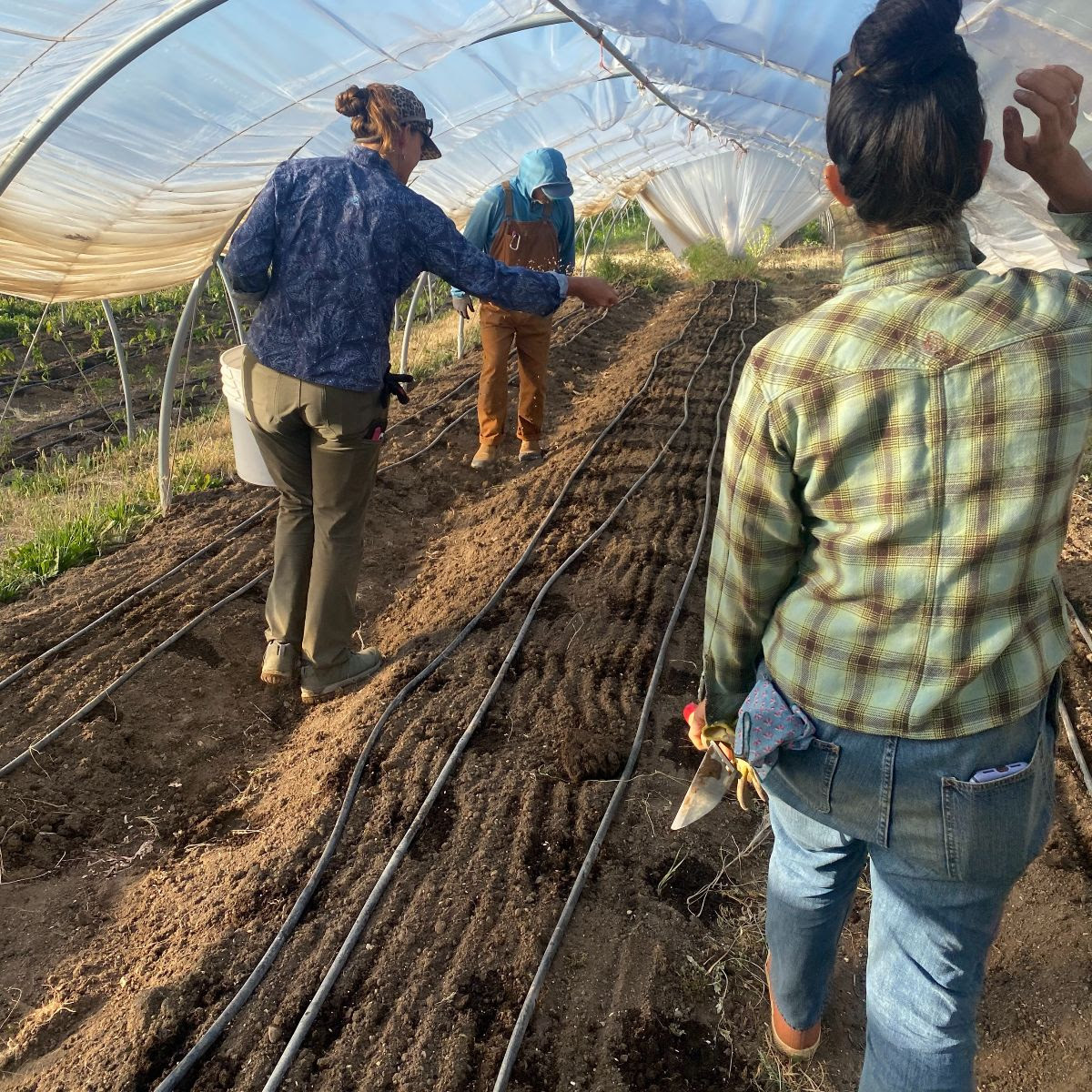
|
|

|
photo credit: Amanda Mythen
Shortly after this photo was taken, I learned that cows like to lick you when you pet them. I also learned that their big green grass-stained tongues feel like goobery 100 grit sandpaper
|
How do I keep my cover crop from going to seed?
At Rainshadow, the final stage of cover cropping is mulching. This means mowing it or tilling your cover crop in before it goes to seed. If some of your species are making seeds earlier than the rest, you can mow them to stop them from seeding and give the other species more sunlight and a chance to catch up. We let the dairy cows “mow” our cover crop and it feeds the cows all summer. Even so, the cows can’t keep up, so we mowed a couple of weeks ago. Next May, we’ll till the cover crop into the soil and let it decompose and add to the soil. No till? No problem! You can smother your cover crop with a tarp. They will decompose and your soil will be richer next season when you’re ready to plant vegetables or another cover crop.
One last word on cover crops. I would encourage anyone who’s interested in planting their own cover crop. Sarahlee’s signature Rainshadow cover crop mix includes twenty-seven different species. If you want to get inspired and use her recipe as a guide, she has an excellent Instagram post about cover cropping HERE.


Vegetable ID: Yod Fah |

|
|
|
|
potatoes
radish
salad mix
turnip
beans
varieties of herbs
fennel
yod fah
chard
tomatillos
summer squash
beets
arugula
carrots
kale
lettuce heads
rhubarb
green onions
tomatoes
lettuce
basil
broccoli
eggplant (?)
|
Upcoming Events in the Rainshadow Neighborhood
Our Neighbor, Long Hollow Ranch, 71105 Holmes Rd, is offering a couple of events FREE TO THE PUBLIC in August and we want to put them on your radar.

August 6 they welcome Riddy Arman for a live concert in the barn. Blue Eyes will be serving burgers and fries from their Food Truck and drinks will be available for purchase. Doors open at 5:30, show starts at 7:30.
| And then, on August 23, they are showing The Sandlot outside on the big screen. Admission is free, show starts at 8:30 pm and there will be popcorn, hotdogs, beverages, and cotton candy for purchase. |

|
|
|
|

Olive cooling down in the shade just like we all are this weekend! We will see you Wednesday, July 19!
The Farm Crew





